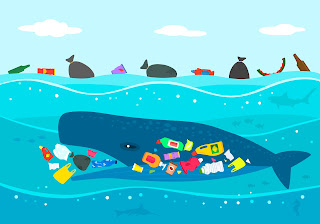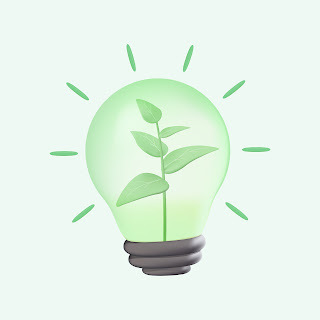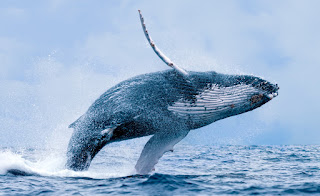Pharmaceutical pollution harms aquatic organisms

A type of pollution that is less well-known is pharmaceutical pollution. Pharmaceutical pollution is a growing global concern due to excessive use of medications, which can lead to increased drug concentrations in water bodies. These substances, including medications, hormones, antibiotics, and personal care products, can be excreted through urine and feces, untreated pharmaceutical waste, and incorrect wastewater disposal. Despite the low concentrations, these substances can still be harmful, and water treatment plants struggle to remove them from water. This pollution affects aquatic organisms in various ways. In this article, I explain how pharmaceutical harm such as antibiotics and psycho-actives harm aquatic organisms: - English: https://www.erlijn.nl/link/scicomm.php?l=4036425092 - German: https://www.linkedin.com/pulse/wie-medikamente-die-umwelt-verschmutzen-und-sch%25C3%25A4digen-van-genuchten-thuxc Pharmaceutical pollution affects aquatic organisms (credit: Alina K...



















